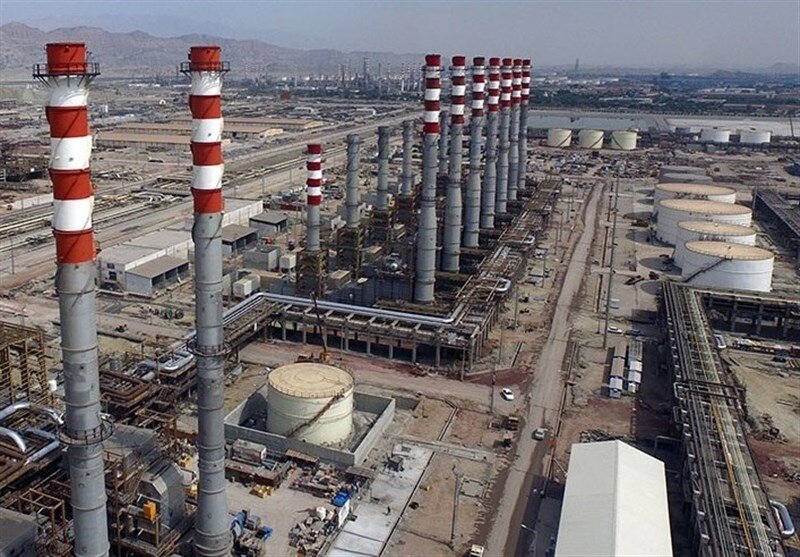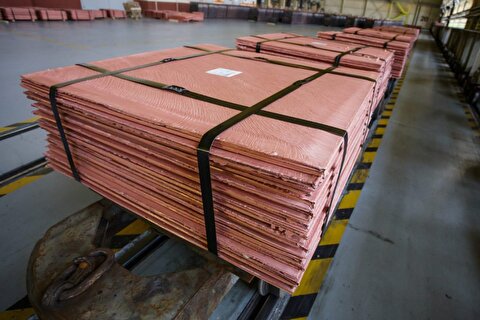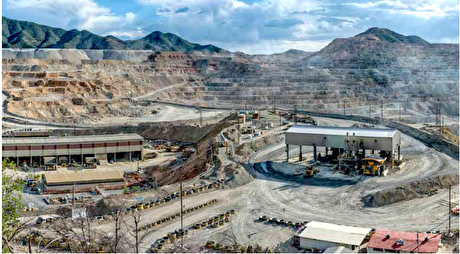
Iran's refining capacity grows nearly 40% since March 2017

According to Ali-Reza Sadeq-Abadi, currently the country’s refining capacity has reached 2.15 million barrels per day (mbpd) up 600,000 bpd from 1.55 mbpd at the beginning of the Iranian calendar year of 1396 (March 21, 2017).
“Daily processing capacity of the country’s refineries is expected to increase by 250,000 barrels by the end of the current Iranian calendar year (March 19, 2020) to reach 2.4 million bpd,” Sadeq-Abadi said.
According to the official, most of the increase in the capacity is expected to come from the fourth phase of Iran’s Persian Gulf Star Refinery (PGSR) which is located in the southern province of Hormozgan.
The official noted that the mentioned phase is more focused on capacity optimization and fault elimination of existing phases.
In early May, PGSR Managing Director Mohammad-Ali Dadvar announced that the refinery’s processing capacity is going to reach 540,000 barrels per day by the end of the current Iranian calendar year.
Last week, Iranian Parliament passed a bill for increasing the capacity of the country’s oil and gas condensate refineries.
The approval of the bill came after earlier this month the Research Center of Iran’s parliament announced that petro-refineries are two times more profitable than refineries and suggested that National Iranian Oil Company (NIOC)’s new refinery projects be defined as petro-refineries.
Since the U.S.’s withdrew from Iran’s nuclear pact in May 2018, vowing to drive Iran's oil exports down to zero, the Islamic Republic has been taking various measures to counter the U.S. actions and alleviate the impacts of the unjust sanctions on its economy.
One of such policies was to increase the crude oil refining capacity and preventing the sales of crude oil.
As new development phases of the giant offshore South Pars gas field have come online under the administration of President Hassan Rouhani, Iran’s gas production capacity has reached 800 mcmpd. Moreover, due to the development of shared fields in the West Karoun area, Iran’s crude oil production capacity has experienced a big jump.
In parallel, petrochemical development, as well as refinery enhancement projects have been among key policies of the Oil Ministry in recent years.
Despite the U.S.’s attempts to zero Iran’s oil exports in the past one year, this objective has not been achieved in practice. On the contrary, Iran has seen its crude oil refining capacity increase.
Sadeq-Abadi said: “Thanks to planning, 850,000 bpd of crude oil and gas condensate, which the U.S. unlawful sanctions could prevent from entering world markets, has been refined in Iran and converted to products of higher value-added.”
Among the policies the Oil Ministry has adopted for boosting the refining capacity of the country are increasing feedstock receipt to take in maximum crude oil and condensate at oil refineries.
The latest data show that the supply of gas condensate to refineries would increase from the current 450,000 bpd to 500,000 bpd and oil supply to refineries would go from 1.7 mbpd to 1.9 mbpd.
Sadeq-Abadi also gave a positive assessment of Iran’s strategic gasoline and gasoil reserves, comparing it with Iran’s hard currency reserves.


Gold price eases after Trump downplays clash with Fed chair Powell

Copper price hits new record as tariff deadline looms

Brazil producers look to halt pig iron output as US tariff threat crimps demand

Chile’s 2025 vote puts mining sector’s future on the line

Gold price could hit $4,000 by year-end, says Fidelity

Three workers rescued after 60 hours trapped in Canada mine

US targets mine waste to boost local critical minerals supply

Glencore workers brace for layoffs on looming Mount Isa shutdown

Energy Fuels surges to 3-year high as it begins heavy rare earth production

Trump tariff surprise triggers implosion of massive copper trade

Maxus expands land holdings at Quarry antimony project in British Columbia

BHP, Vale accused of ‘cheating’ UK law firm out of $1.7 billion in fees

Southern Copper eyes $10.2B Mexico investment pending talks

American Tungsten gets site remediation plan approved for Ima mine in Idaho

Kinross divests entire 12% stake in Yukon-focused White Gold

Gold price could hit $4,000 by year-end, says Fidelity

Southern Copper expects turmoil from US-China trade war to hit copper

Ramaco Resources secures five year permit for Brook rare earth mine in Wyoming

Column: EU’s pledge for $250 billion of US energy imports is delusional

Trump tariff surprise triggers implosion of massive copper trade

Maxus expands land holdings at Quarry antimony project in British Columbia

BHP, Vale accused of ‘cheating’ UK law firm out of $1.7 billion in fees

Southern Copper eyes $10.2B Mexico investment pending talks

American Tungsten gets site remediation plan approved for Ima mine in Idaho

Kinross divests entire 12% stake in Yukon-focused White Gold

Gold price could hit $4,000 by year-end, says Fidelity

Southern Copper expects turmoil from US-China trade war to hit copper

Ramaco Resources secures five year permit for Brook rare earth mine in Wyoming














